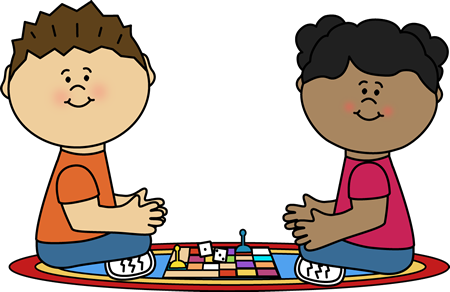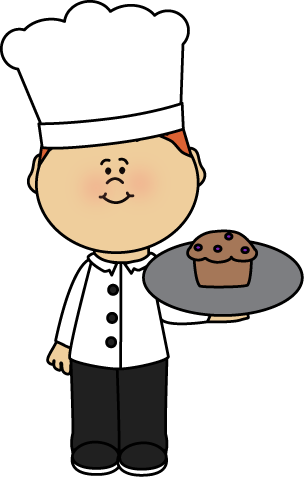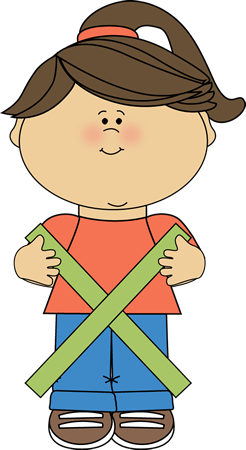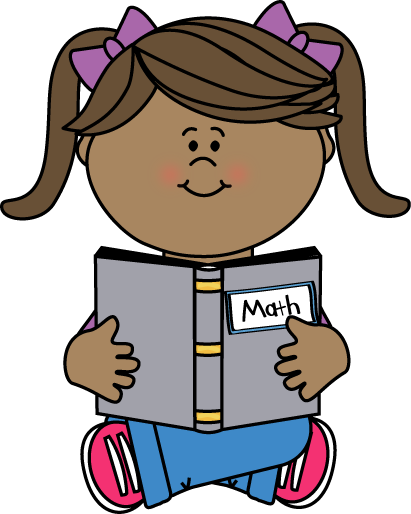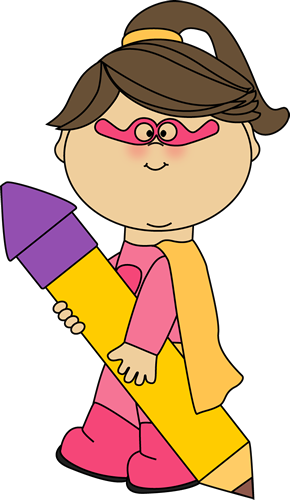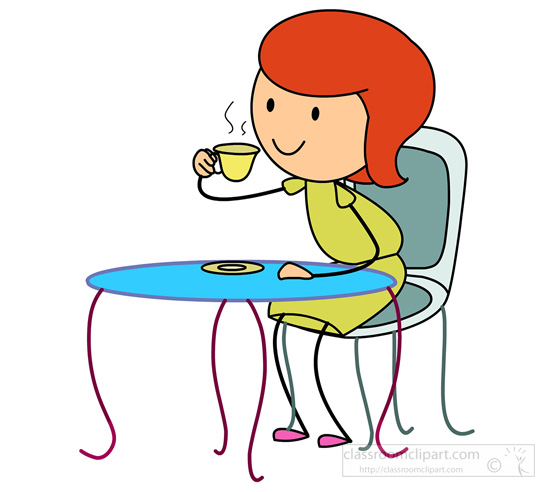 Hi everyone :)
Hi everyone :)This week (so from 29th May) to the 4th June I will be taking some relaxation time. I am not going on holiday (although if anyone reading this would like to sponsor a holiday for me I won't say no hahahaha) but going on a stay vacation. This is something new I am trying. I will not be going on Facebook or going on Pinterest for 6 days. Would like to do a social media break. Enjoying a mini holiday but staying at home.
Lately, I have been feeling like I am on social media a lot and I am getting caught up in all things but not enjoying this great time of year. Some of you know that I love the rainy season. So for this week, I am going to focus on getting back into shape, pick up a book and take every opportunity to wear my comfortable cat slippers.
Don't stop learning this week and I will see you all next week :)
Enjoy the rain as I know I will! :)
Kind regards,
Krysten
